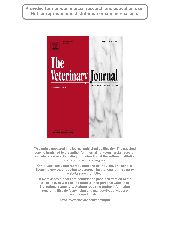摘要
Trichinellosis is a major food-borne zoonosis with health, social, and economic impacts. Epidemiological data on swine trichinellosis in China from 2005 to 2009 were obtained from seven Provinces/autonomous regions/Municipalities (P/A/M) and analyzed and sero-epidemiological data were acquired from five P/A. The seroprevalence ranged from 0.01% to 29.95% as determined by enzyme-linked immunosorbent assay or an immunochromatographic strip method. The prevalence of Trichinella infection in swine slaughtered at abattoirs varied from 0% to 5.75% in five P/A. Between 2005 and 2009, endemic areas of swine trichinellosis were located mainly in the Western (Guangxi and Qinghai), central (Henan and Hubei), and North-eastern parts (Heilongjiang) of China.
Swine trichinellosis in China is transmitted mostly through garbage. Pigs infected with Trichinella are predominately from small backyard farms where animals are raised under poor hygienic conditions, and from rural and mountainous areas where they range freely at pasture. The prevalence of Trichinella in pork sold at the market was reported in four P/A, and varied from 0.06% to 5.6% as determined by trichinoscopy or the digestion method. From 2005 to 2009, 15 outbreaks of human trichinellosis, with 1387 cases and 4 deaths, were recorded in three P/A of South-western China. Twelve (85.71%) of these 15 outbreaks were caused by the eating of raw or undercooked pork, which remains the predominant source of trichinellosis in humans. Pig-rearing practices must be improved, and mandatory inspection of pork further strengthened in rural and mountainous areas in Western China for the control of the disease.
- 出版日期2011-12
- 单位郑州大学
